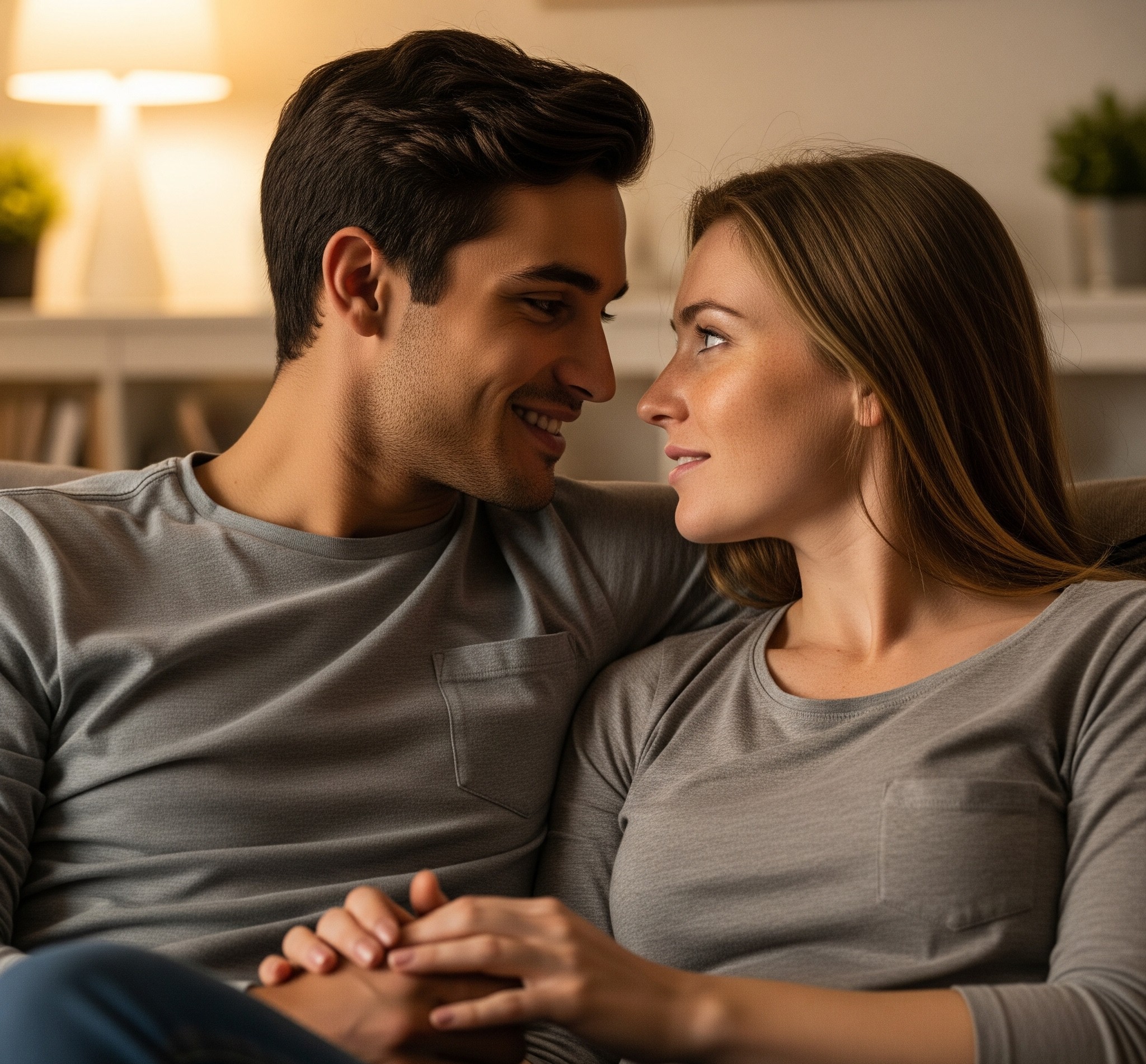Discover Your Attachment Style: The Hidden Patterns That Shape Your Relationships

Need Guidance On Your Problems?
Consult With The Best Online Psychics
Posted by: Eleanor Davies
---
Why Attachment Style Matters More Than You Think
Whether you’re in the throes of a new romance or reflecting on past heartbreaks, you might have wondered why certain patterns keep repeating in your love life. Why do some people feel like home, while others leave you feeling anxious, misunderstood, or alone?
Psychologists have long studied what’s known as attachment theory—a framework that helps explain how your early experiences with caregivers create a blueprint for adult relationships. From the ways you communicate to the partners you feel drawn to, your attachment style plays a powerful role in shaping how you love and connect.
But here’s the good news: understanding your attachment style isn’t about labeling yourself or others. Instead, it’s a path toward self-awareness, healing, and creating relationships that feel secure, balanced, and authentic.
This in-depth guide and quiz will help you uncover which attachment style resonates most with you—and what you can do to grow healthier connections, no matter your starting point.
---
What Are the Four Main Attachment Styles?
Before you take the quiz, it helps to get familiar with the core styles researchers have identified:
1. Anxious Attachment
You often crave closeness and reassurance.
You may worry your partner doesn’t love you enough.
Conflict and distance feel deeply threatening.
2. Avoidant Attachment
You value independence and self-sufficiency.
Emotional intimacy can feel overwhelming or suffocating.
You’re often drawn to partners who need little from you emotionally.
3. Disorganized (Fearful-Avoidant) Attachment
You want closeness but also fear it.
You may have a history of chaotic or unpredictable relationships.
Trust and safety can feel hard to sustain.
4. Secure Attachment
You’re comfortable with both intimacy and autonomy.
You trust your partner and yourself.
Communication feels natural, even during conflict.
---
Take the Attachment Style Quiz
Ready to explore which attachment style reflects your patterns? Grab a pen and paper or simply keep a tally in your notes app. Choose the answer that feels most true for you, even if it’s not true 100% of the time.
1. When someone becomes distant or unresponsive, how do you feel?
A. Anxious—I immediately worry they’re leaving me.
B. Relieved—I like having space again.
C. Torn—I want them close but also feel safer alone.
D. Calm—I trust the connection and wait it out.
---
2. What’s your biggest relationship fear?
A. Being abandoned or replaced.
B. Losing my independence.
C. Getting hurt if I open up.
D. Having honest needs misunderstood.
---
3. During arguments, you usually:
A. Try to talk it out immediately—even if it causes tension.
B. Withdraw or avoid the discussion.
C. Flip between silence and angry outbursts.
D. Stay engaged and look for solutions together.
---
4. How do you tend to communicate by text with a romantic partner?
A. Frequent check-ins and quick replies.
B. Sparse, delayed responses.
C. A mix of warmth and sudden distance.
D. Consistent, steady communication.
---
5. How do you feel about emotional vulnerability?
A. I crave it but it feels scary.
B. I’d rather keep emotions private.
C. I long for it but don’t trust it.
D. I feel comfortable sharing my feelings.
---
6. When your partner needs alone time, you:
A. Feel hurt or rejected.
B. Feel relieved and free.
C. Feel confused and suspicious.
D. Understand and respect their need.
---
7. You are most attracted to partners who:
A. Are affectionate and reassuring.
B. Are self-reliant and undemanding.
C. Are passionate but unpredictable.
D. Are emotionally open and grounded.
---
8. When you feel upset, you tend to:
A. Reach out quickly to reconnect.
B. Retreat and process alone.
C. Shut down, then explode later.
D. Reflect and then share how you feel.
---
9. Which statement sounds most like you?
A. “Why haven’t they texted back yet?!”
B. “I don’t need anyone to be happy.”
C. “I want love, but it always ends badly.”
D. “We’ll figure this out together.”
---
10. Your ideal relationship feels like:
A. Constant closeness and reassurance.
B. Freedom without too much expectation.
C. Intense and thrilling, but uncertain.
D. A safe place to be fully yourself.
---
Quiz Results: Which Attachment Style Are You?
Count how many A, B, C, and D answers you have.
Mostly A Answers:
Anxious Attachment
You have a strong need for closeness and constant reassurance. You might find yourself overthinking texts or worrying your partner will leave. Recognizing this pattern empowers you to build more internal security and communicate your needs calmly.
Mostly B Answers:
Avoidant Attachment
You value autonomy and often feel overwhelmed by too much closeness. You may unconsciously create distance to feel safe. Learning to open up gradually and tolerate vulnerability can transform your relationships.
Mostly C Answers:
Disorganized (Fearful-Avoidant) Attachment
You want love but struggle to trust it. You might send mixed signals—pulling someone close, then pushing them away. Gaining self-awareness and seeking supportive relationships can help break this cycle.
Mostly D Answers:
Secure Attachment
You feel at ease with emotional intimacy and maintain healthy boundaries. Even when challenges arise, you trust in yourself and your partner to work through them together.
---
How to Grow Toward a Secure Attachment
No matter where you’re starting, you can develop a more secure style over time. Here are some ways to practice:
✅ Notice Your Triggers – What situations activate your fear of abandonment or discomfort with closeness?
✅ Name Your Feelings – Instead of acting on autopilot, pause to identify your emotions.
✅ Communicate Clearly – Express what you need without blame or criticism.
✅ Choose Healthy Partners – Seek relationships where honesty and respect are the norm.
✅ Consider Professional Support – A therapist specializing in attachment can help you rewrite old patterns.
Remember: you deserve a love that feels safe, nourishing, and mutual. Awareness is the first step to creating it.
---
Final Thoughts
Attachment styles aren’t fixed destinies. They are simply maps of where you’ve been—not where you must stay. By understanding your attachment patterns, you open the door to healing, deeper connection, and the freedom to choose relationships that truly fit.
If you’re ready to explore more, keep learning and reflecting. Your relationship with yourself sets the tone for every other bond in your life.
---
Written by Eleanor Davies
Relationship Psychology Contributor – Kenuba.com





